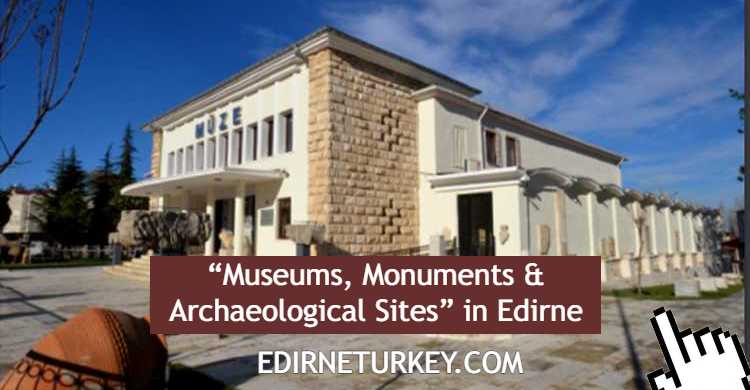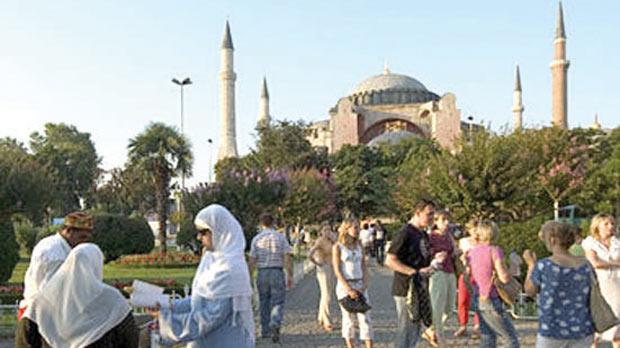Attractions to see in CANAKKALE, a town connecting Asia Minor to Europe

CANAKKALE is one of the two cities in Turkey that connects Asia to Europe. The city which lies on the Asian (Anatolian) sides of the CANAKKALE STRAIT has kept its authenticity compared to many other towns in Turkey and is certainly world renowned due to the legendary DARDANELLES WAR in the region, between Ottoman Empire and the Allies in 1915.
The city is quite relaxing with friendly people and visitors can see following places in town. It goes without saying there are beautful holiday resorts such as BOZCAADA, DALYAN, ASSOS, AKÇAY, AYVALIK etc. quite close to Çanakkale as well.
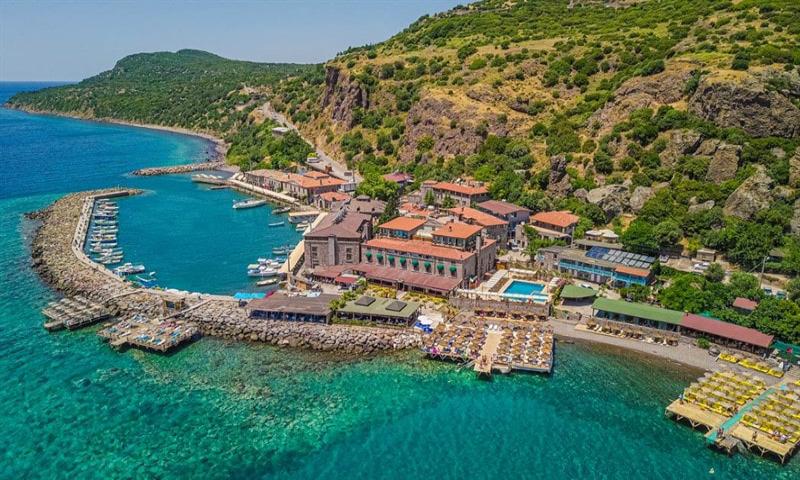
Attractions at CANAKKALE “City Centre”
AYNALI CARSI (Aynalı Bazaar): It is accepted that the bazaar was built by Halyo family, one of the leading Jewish families of ÇANAKKALE during rein of ADBULHAMID II, in 1889.
Based on the appearance it is understood the bazaar was planned as an ARASTA (Ottoman Bazaar) and is almost a miniature of the Egyptian Bazaar in Istanbul. Based on old photos from the past it is also clear it was an open bazaar at the beginning which was later converted into a covered bazaar and the present roof was constructed during the repairs in 1967.
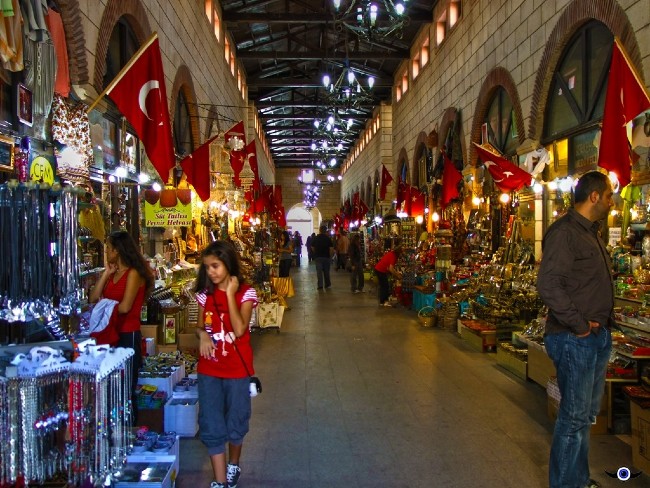
CANAKKALE ARCHAEOLOGICAL MUSEUM: The cultural and artistic works of the societies that lived in prehistoric times up to the present day are exhibited in the Museum,
In the exhibition halls of the museum, mainly archaeological artifacts recovered from the ruins of Troy, Assos, Apollon Smintheus, Tenedos, Alexandreia Troas and the excavations of the Tumulus of Dardanos are exhibited. These are marble sculptures, tomb stelae, architectural pieces, bronze and terracotta-pottery, oil lamps, statuettes, stone and bone tools, glass ornaments, fragrance pots, gold jewellery and sarcophagi on display in the garden.
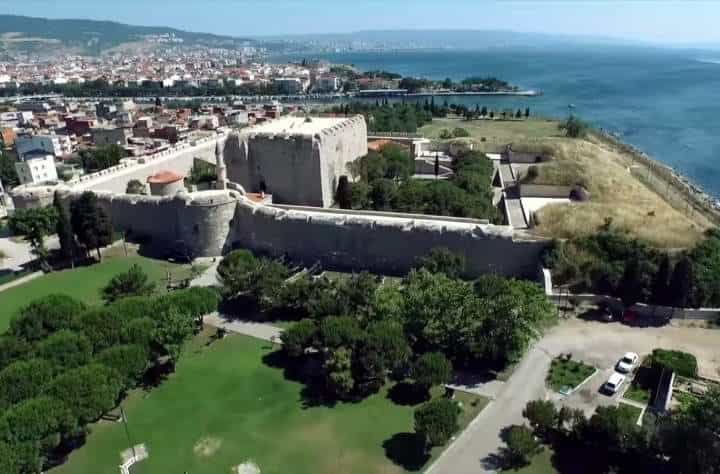
CIMENLIK CASTLE: The reason for the existence of Çanakkale is the Kale-I Sultaniye (the castle of sultanate) on the side of the strait, which is now known as Çimenlik Castle. The castle was built in 1462 after Sultan Mehmet conquered Istanbul. The castle consists of a square planned inner castle and outer castle. The outer walls of the castle measure 100×150 m and the height of the fortifications is 11 m. On the walls, there are 9 bastions in the corners and in between. Upon orders of Sultan Selim III, cannon platforms arsenals with technology of the time were added to the construction. During the Dardanelles War, 4 cannons at the castle served to defend CANAKKALE. On 18 March 1915, the castle was particularly damaged by the intense attacks of Queen Elizabeth, the British naval ship. Today it serves as a section of the Naval Museum.
CANAKKALE HOUSE (ÇTSO): It was opened by the Çanakkale Chamber of Commerce and industry on 15 May 2013, in order to increase the tourism potential of the city by promoting the historical, touristic, cultural and social values of Çanakkale and its regional products.
You can find here a broad range of information and works about Çanakkale, products of the region, materials used in the Gallipoli Wars, art exhibitions on the theme of Çanakkale, books and films about the city. The place has a garden at the back with a restaurant serving local delicacies of the city. (31/12/2019)

ARMENIAN CHURCH: The church whose construction began in 1873 on behalf of St. Surp Kevork, belonged to the Armenian community living in Çanakkale. Its ownership passed to the treasury after Armenians left the town in 1915. Today it serves as the Cultural House of 18 Mart (March) University.
KORFMANN LIBRARY: Upon the will of Prof.Dr. Manfred Osman Korfmann who headed the excavations in Troy between 1988-2005 and passed away in 2005 the library was granted to the province of Çanakkale.
CITY MUSEUM: The museum has a permanent exhibition but it also organizes activities such as temporary exhibitions, conferences, panels, concerts, city tours for children and meeting with elders of the city and also publishes a magazine.

CLOCK TOWER: Built by Emilio Vitalis, Italian merchant and Consul of the period in 1897. The tower, which is made of Ayvalik Stone, has a fountain and is still in use on the clock and pedestal section on all four facades. The square-planned structure has a polygonal Bell Pavilion at the top.
CERAMIC MUSEUM: Information about the production process of traditional Çanakkale ceramics (brand name) are available at the Çanakkale ceramic Museum with current/modern ceramic exhibitions and reproductions of traditional Dardanelles ceramics are also exhibited.

SYNAGOGUE: The synagogue, located at the Jewish Quarter and named after Mekor Hayim (source of life) is said to have a history of 120 years. It is no longer used, with the number of Jewish community falling below 10 people. Recently, restoration work has been carried out on the structure and it has been opened to visitors. A group of Jews from Istanbul and abroad gather here every year to perform the Sabbath prayer in October.

On the other hand world renowned historical ruins such as TROY, ALEXANDRIA TROIA and ASSOS are also very close to the city.


